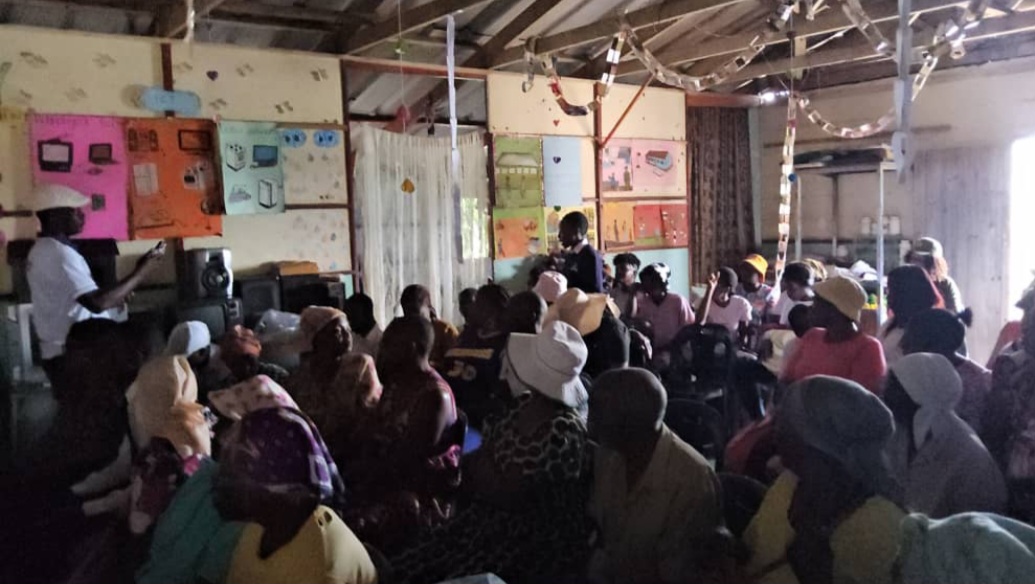By Margaret Kamba
The Community Engagement Programme being done to have those affected by drugs and substance abuse is unearthing the horror that many parents are currently faced with.
The effects of this menace are nerve-wracking and have seen many parents even abandoning their homes in fear of their lives.
We can not even begin to imagine the terror associated with the destruction of property as these young men and women dominate these communities.
A recent Community Engagement Programme with Seke Unit N residents revealed that some parents have abandoned their homes while some homes have been shattered thanks to the escapades of the drug and substance abusers.
In an interview with one victim of this menace, whose courage to attend the Engagement meeting I must say was admirable, the young man professed ignorance as to his mother's fear of him.
Calm and collected, very sharp and fluent in the white man's language, his confession was quite eye-opening.
"I started taking drugs in 2004 when I was 13 years old. I took them to feel better. I wanted to feel extra better," Tinashe Gore said.
"I don't know that my mother is scared of me. Hearing that makes me feel sorry for her. I would do anything to improve my relationship with her, even if it means going for therapy sessions so that I can recover."
There is a house in this community with a damaged roof. The son having been locked out of the house, is said to have climbed onto the roof and broke it in order to gain entry into the house. He is known for being violent to the extent of people being warned to park their cars far away from where he is.
One resident during the Community engagement session confessed that she had come but feared what would remain happening in her home because of the violent nature of her child.
This scourge has reached unprecedented levels with the victims now able to produce these drugs at a very low cost. A combination of vicks, paracetamol, and woods simply does the trick.
The appreciation of parents exposed to these engagements clearly serves as a platform for them to open up and pour out their heart as they carry burdens that could kill them even as they sleep.
As they pour out their solutions, you feel that they seem to have lost all hope and feel abandoned and left to deal with the menace alone.
This is exacerbated by the fact that there is no proper sewer system and the roads require rehabilitation. Their state of helplessness is what they point as the main cause of their children resorting to drugs and substance abuse.
They have no jobs. They have nothing to do. They have no rehabilitation centre. They have noone to talk to. They wonder if someone needs to die first before the law enforcement agents must come to their rescue. They long for the unused buildings to be turned to rehabilitation centres in order to salvage the situation.
What makes it painful for them is that they know drug peddlers who are in positions of authority but are intimidated into silence. To the woman whose kitchen is destroyed, she wonders what the purpose of being in that home is. Who restores her kitchen? Who assures her that this will not happen again? Who pays the debt caused by this child as we know that this is a taboo? We have clearly lost the morals and family support needed to hold back some of this waywardness.
There are many unforseen implications that this menace is causing. Those concerned can see far into a lost generation as a few pocket the proceeds from this addiction. What to do is the million dollar question?
